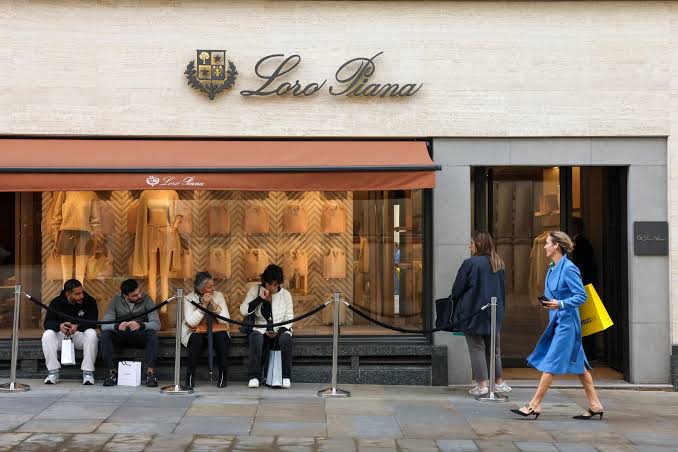
The recent Loro Piana controversy -where garments supposedly reflecting exclusive Italian luxury were revealed to be mass-produced and misrepresented – has reignited global discussions around transparency and authenticity in fashion. But beyond the headlines, this moment holds a mirror to our own fashion culture in Pakistan, particularly our deep-rooted belief that foreign is always better.
For decades, international brands have held a sort of untouchable prestige in the Pakistani imagination. Whether it’s a monogrammed handbag or a minimalist linen shirt with an Italian label, foreign fashion is often seen as inherently superior – cleaner, classier, more “refined.” It’s a mindset inherited from colonial hangovers and fueled by marketing narratives that equate Western minimalism with sophistication and local craft with excess.
But the Loro Piana scandal exposes the cracks in that illusion. If one of the world’s most revered luxury houses can blur the lines between exclusivity and mass-production, what are we really paying for? Prestige? Perception? And more importantly, what does that say about how little we value our own?
In Pakistan, local designers are crafting beautiful, thoughtful pieces every day – often made by hand, in limited runs, with a deep respect for heritage. Yet, these efforts are frequently dismissed as “overpriced” or “too desi,” while a $1,200 shirt from abroad is praised for being “understated.” This internal bias needs to be questioned.
It’s time we unlearn the idea that value only comes from abroad. True luxury lies in intention: in the way a fabric is sourced, a cut is perfected, and a garment is finished with care. Pakistani fashion has all of that and more – yet we continue to glorify labels that often sell stories more than substance.
The Loro Piana episode should not just be a scandal we scroll past. It should be a wake-up call to reassess how we define quality, where we place our trust, and what fashion really means to us.
Because until we believe in the worth of what’s made at home, we’ll keep wearing other people’s narratives – not our own.










